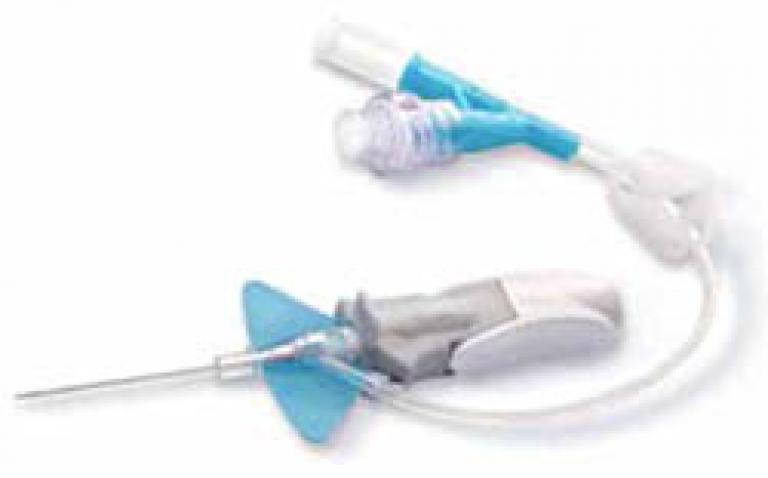The Association for Aseptic Practice (ASAP) announced today that it endorses BD Nexiva™ Closed IV Catheter System as a best practice medical device that has been designed to address specific problems in aseptic practice; namely, the risk of catheter-related bloodstream infections (CRBSIs). This system is the first IV catheter system to be recognised as supporting The ASAP and Aseptic Non-Touch Technique (ANTT®) clinical framework.
The ASAP is committed to improving standards of aseptic technique in clinical practice. Poor standards of aseptic technique can be a major cause of healthcare-acquired infections (HAIs), such as MRSA and MSSA. The ASAP oversees the understanding and development of ANTT, a unique, widely recognised and adopted standardised approach to aseptic practice which has been shown to considerably help reduce HCAIs.(1) BD Nexiva™ helps to ensure that best aseptic practice is achieved and clinical procedure is not compromised.
Stephen Rowley, Clinical Director, ANTT UK / USA said, our evaluation identified that “BD Nexiva TM design will help promote asepsis and assists in aseptic technique pre and intra-procedure. The design should also help reduce insertion attempts and improve first-stick success. The blood and needle containment systems were also considered to be innovative ways of protecting health care staff.”
Used for peripheral venous access, the all-in-one BD Nexiva™ system has BD Instaflash™ technology which is designed to reduce insertion attempts and with its innovative blood-containment system limit healthcare workers’ exposure to blood This safety-engineered system is also designed to reduce needle stick injury by using passive needle-shielding technology that does not compromise the insertion techniques.
Studies in Europe have estimated that the associated costs of CRBSIs may be hundreds of millions of euros.(2) An important feature incorporated into the BD Nexiva™ Closed IV Catheter System is the BD Q-Syte™ Luer Access Split Septum, which offers a straight and unobstructed fluid path, high flow rates, clear visibility and ease of disinfection. A split septum needle access system has 64-70% lower CRBSI rates than mechanical halves.(3) By eliminating the complexities of mechanical valves, this split-septum device helps reduce the number of places where bacteria may thrive.(4) In fact, comparison studies found that patients are three times more likely, on average, to develop a CRBSI with mechanical valves versus a split-septum needle-less access system.(2)
Aseptic practice defines the infection control method and precautions taken during invasive clinical procures to prevent the transfer of micro organisms from the healthcare worker, procedure equipment or the immediate environment to the patient. It is achieved by ensuring the asepsis of key-parts and key-sites.(5)
References
- Rowley,S., Clare, S (2009) Improving standards of aseptic practice through an ANTT trust-wide implementation process: a matter of prioritisation and care. Journal of Infection Prevention 10(1): Supplement.
- E. Tacconelli, G. Smith, K. Hieke, A. Lafuma, P. Bastide. Epidemiology, medical outcomes and costs of catheter-related bloodstream infections in intensive care units of four European countries: literature- and registry-based estimates. Journal of Hospital Infection, Volume 72, Issue 2, Pages 97-103
- Rupp ME, Sholtz LA, Jourdan DR, et al. Outbreak of bloodstream infection temporally associated with the use of an intravascular needleless valve. CID. 2007;44:1408-1414. Salgado CD, Chinnes L, Paczesny TH, Cantey JR. Increased rate of catheter-related bloodstream infection associated with use of a needleless mechanical valve device at a long-term acute care hospital. Infect Control Hosp Epidemiol. 2007;28:684-688
- Karchmer TB, Wood C, Ohl CA, et al. Contamination of mechanical valve needleless devices may contribute to catheter-related bloodstream infections. SHEA 2006 Presentation Number: 221 Poster Board Number: 47.
- 5 ANTT Theoretical Framework for Clinical Practice: Rationale supporting evidence. Version 2.5, 2011. The Association of Safe Aseptic Practice (ASAP)










